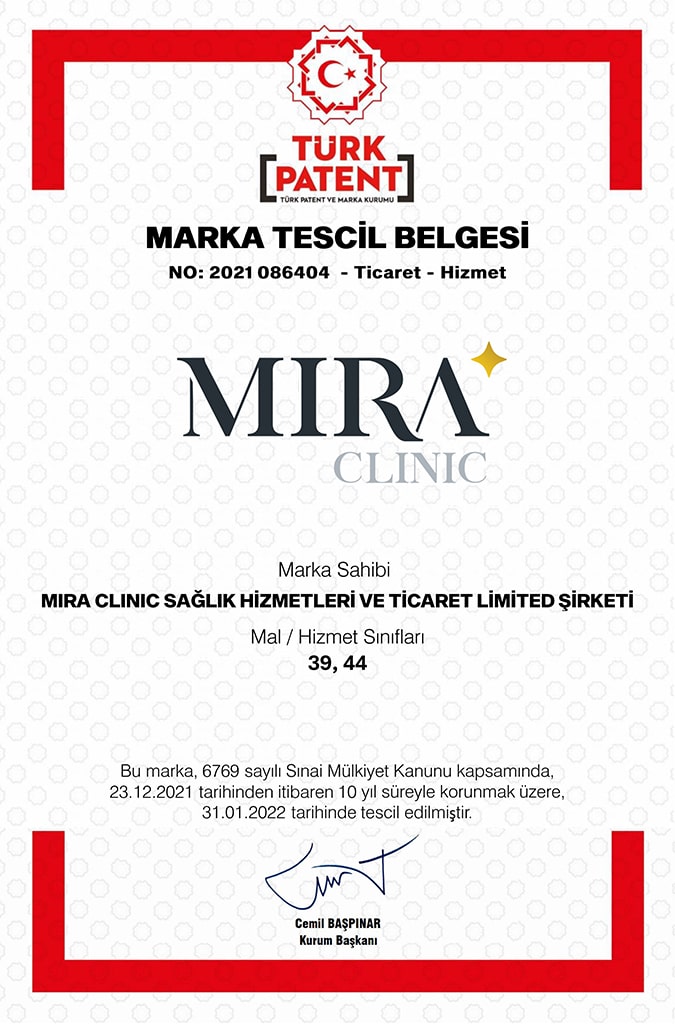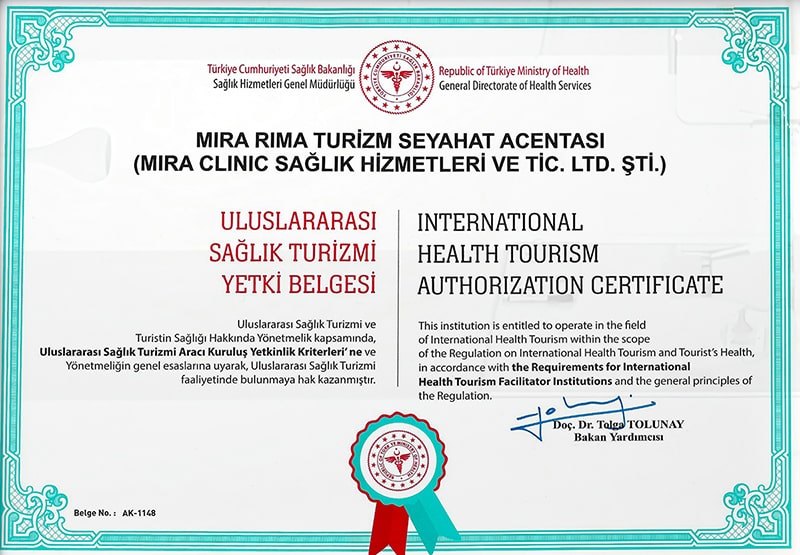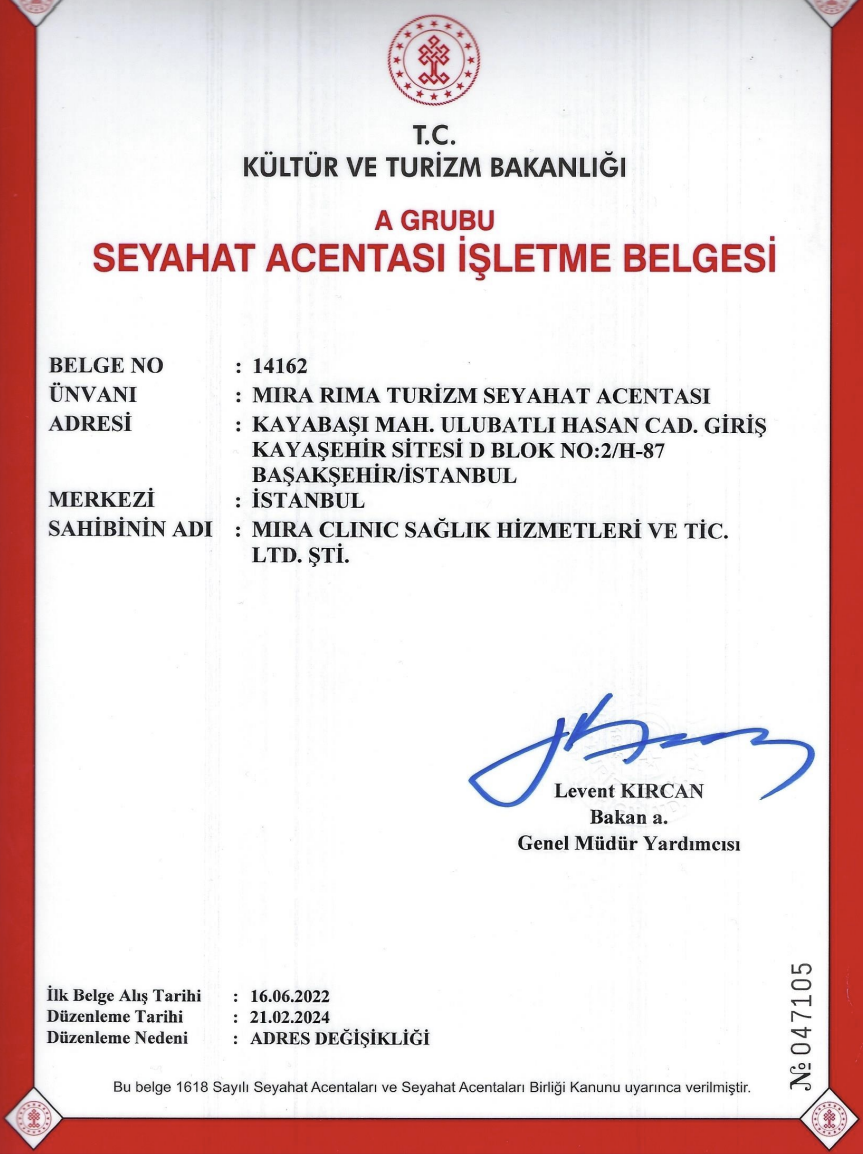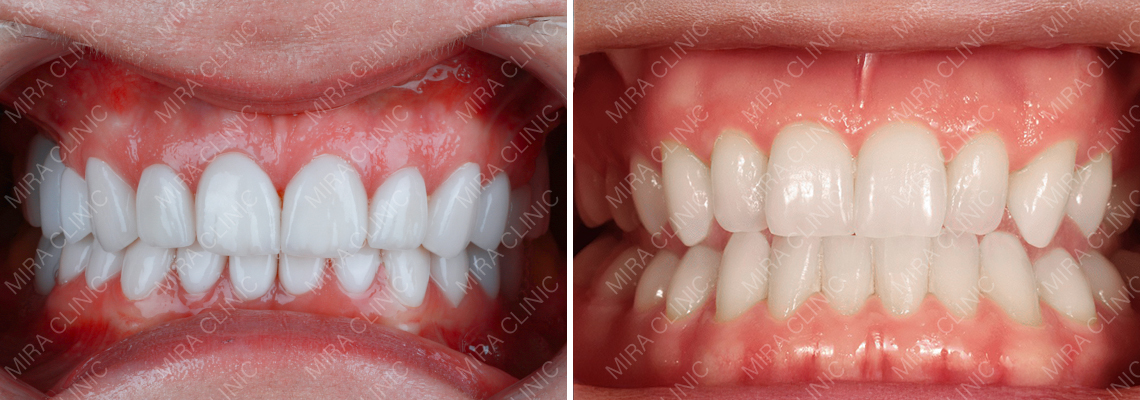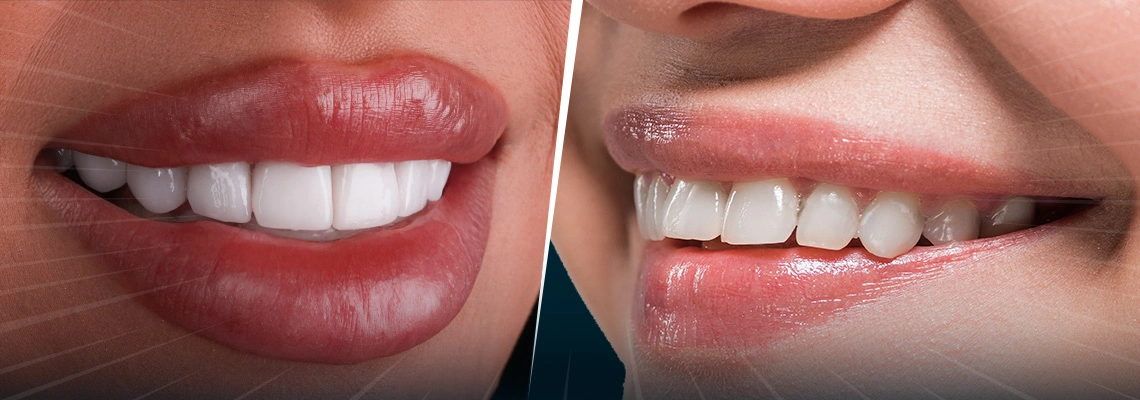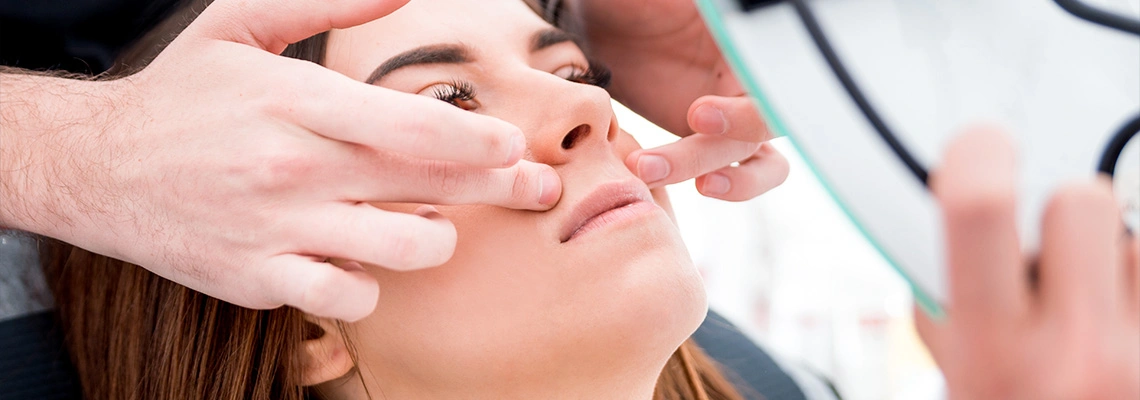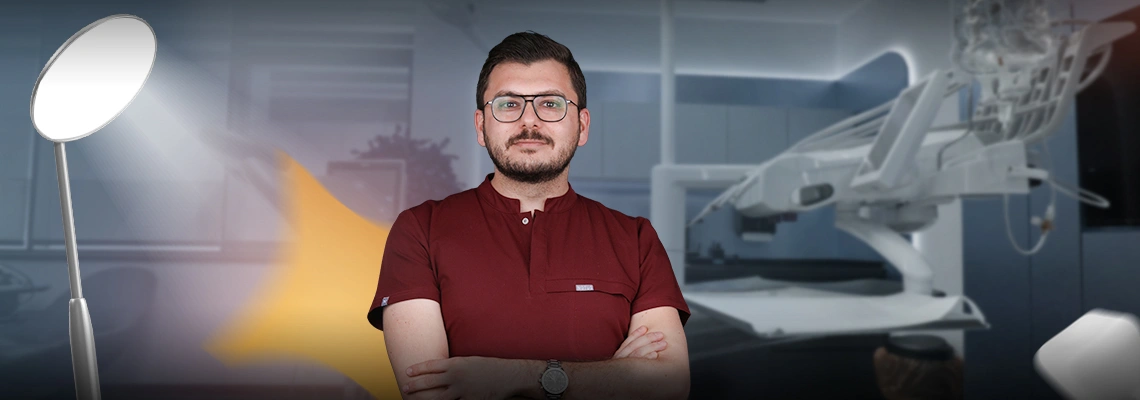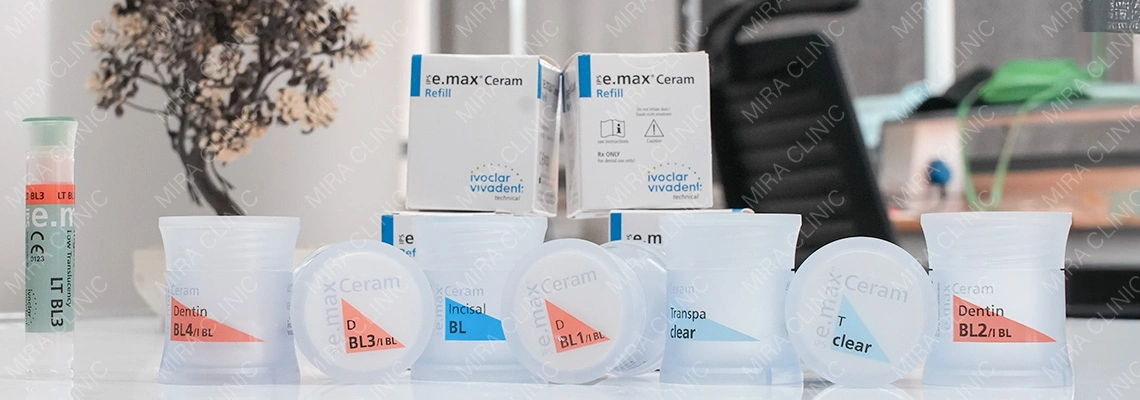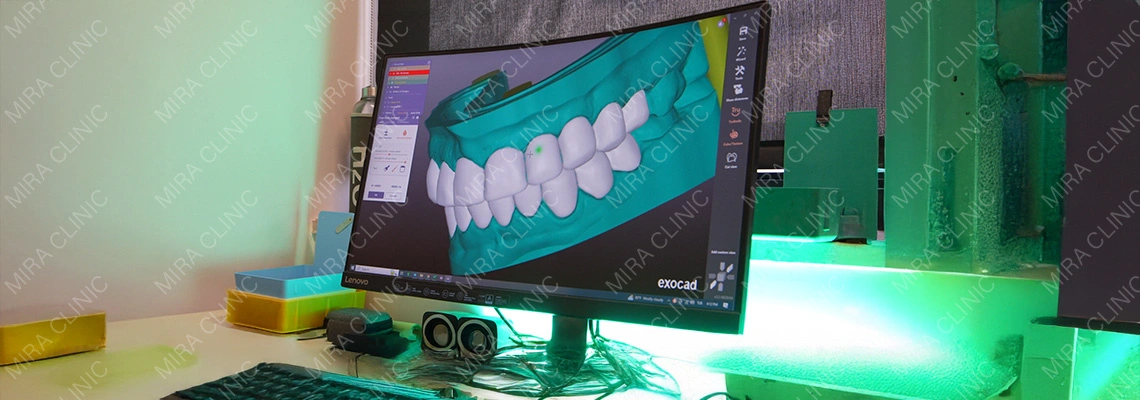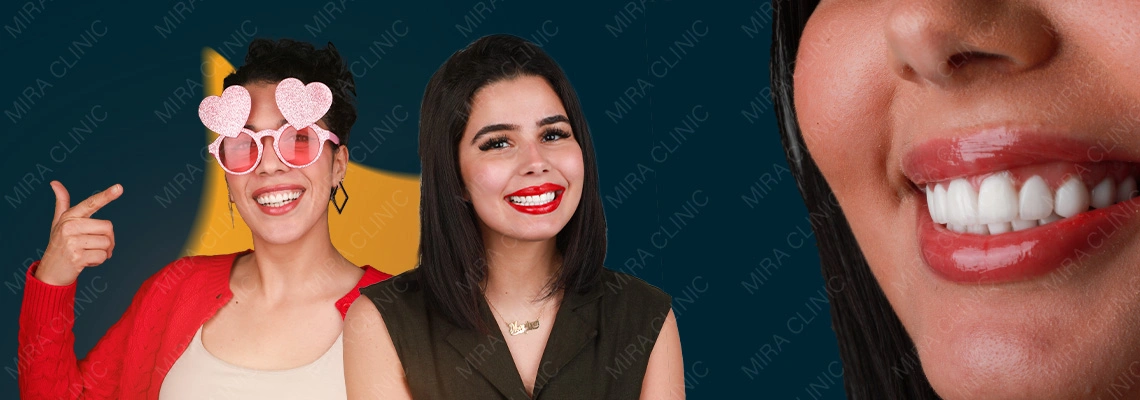What Not to Do After Rhinoplasty? Rhinoplasty, or nose reshaping surgery, is a popular plastic procedure that can enhance facial harmony and improve self-confidence. After undergoing rhinoplasty, it is crucial to follow proper post-operative care instructions to ensure a smooth and successful recovery. This article highlights the key things you should avoid doing after rhinoplasty to promote healing and achieve optimal results.
Table of contents:
- Touching or Manipulating the Nose
- Strenuous Activities and Exercise
- Exposing Your Nose to Sunlight
- Blowing Your Nose
- Taking a Shower
- Smoking and Alcohol Consumption
- Wearing Glasses or Sunglasses Improperly
- Excessive Chewing
- Facial Expressions
- Pulling Clothing Over Head
- Ignoring Post-operative Care Instructions
Touching or Manipulating the Nose
One of the most important things to avoid after rhinoplasty is touching or manipulating your nose unnecessarily. Your nose will be delicate and healing, and any excessive pressure or movement can disrupt the healing process. Avoid picking, rubbing, or pressing on the nose to prevent complications and promote proper healing.
Strenuous Activities and Exercise
Engaging in strenuous activities or exercise can increase blood pressure and strain on your nose, potentially leading to bleeding or swelling. It is essential to avoid rigorous physical activities, including weightlifting, running, and intense sports, for several weeks after surgery. Follow your surgeon's guidelines on when it is safe to resume physical activities.
Related articles:
Exposing Your Nose to Sunlight
Excessive sun exposure can cause swelling, discoloration, and delay the healing process after rhinoplasty. Protect your nose by avoiding direct sunlight and wearing a wide-brimmed hat or using sunscreen when outdoors. This precaution is crucial for at least a few months following surgery.
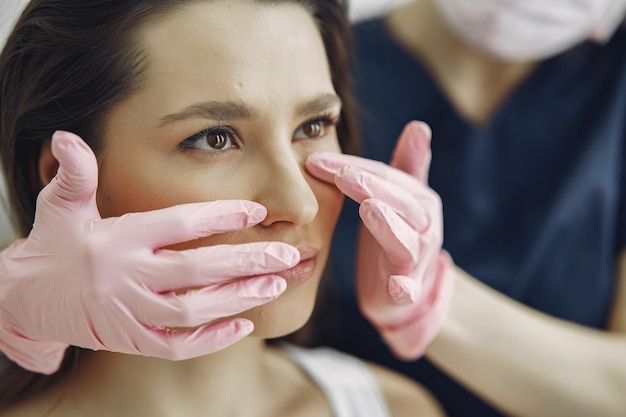
Blowing Your Nose
After rhinoplasty, it is generally advised to avoid blowing your nose forcefully for a certain period. The nasal tissues will be delicate and may be prone to bleeding or disruption during the healing process. If you feel the need to clear your nose, it is recommended to do so gently, as instructed by your surgeon. It is important to consult with your surgeon regarding when it is safe to resume normal nose-blowing activities.
Taking a Shower
Taking a shower is a regular part of our hygiene routine, but it is crucial to approach it with caution after rhinoplasty. Here are some considerations:
-
Water Temperature: Use lukewarm water for your shower instead of hot water. Hot water can cause blood vessels to dilate, potentially increasing swelling or bruising around the surgical area.
-
Steam: Avoid exposing your nose to direct steam, such as from hot showers or saunas, as it can also contribute to swelling. Breathing in steam can also increase nasal congestion and discomfort during the initial healing phase.
-
Avoid Water Pressure: Be mindful of the water pressure in the shower. Strong water pressure directly on the nose can potentially disrupt healing or cause discomfort. Consider using a gentle stream or adjusting the showerhead to a rainfall setting to minimize pressure on the surgical area.
-
Drying: After showering, gently pat your face and nose dry with a clean, soft towel. Avoid rubbing or applying excessive pressure to the nose area, as this can irritate the healing tissues.
Smoking and Alcohol Consumption
Smoking and alcohol can negatively impact the healing process and increase the risk of complications after rhinoplasty. Both substances can impair blood circulation, delay tissue healing, and contribute to postoperative swelling. It is best to refrain from smoking and consuming alcohol for several weeks before and after the surgery to promote optimal healing.
Wearing Glasses or Sunglasses Improperly
If you wear glasses or sunglasses, it is important to avoid putting pressure on your nose following rhinoplasty. The weight and pressure from glasses can affect the nasal structure and impede healing. Consult with your surgeon about when it is safe to wear glasses again or explore alternative options such as using contact lenses during the initial recovery phase.
Excessive Chewing
After rhinoplasty, excessive chewing can put unnecessary strain on the nasal area. The repeated motion of chewing can potentially disrupt the healing process and increase swelling around the nose. To minimize these risks, try to stick to soft and easily chewable foods during the initial stages of recovery. Opt for a balanced diet that includes nutrient-rich, soft foods to support healing while reducing the need for excessive chewing.
Facial Expressions
Facial expressions involving exaggerated movements, such as smiling broadly, laughing intensely, or making exaggerated facial gestures, can strain the healing nasal tissues. These actions may potentially disrupt the surgical site or cause discomfort. While it's natural to express emotions through facial movements, try to be mindful and avoid excessive or forceful facial expressions during the early stages of recovery. As the healing progresses, you can gradually resume normal facial expressions without any concerns.
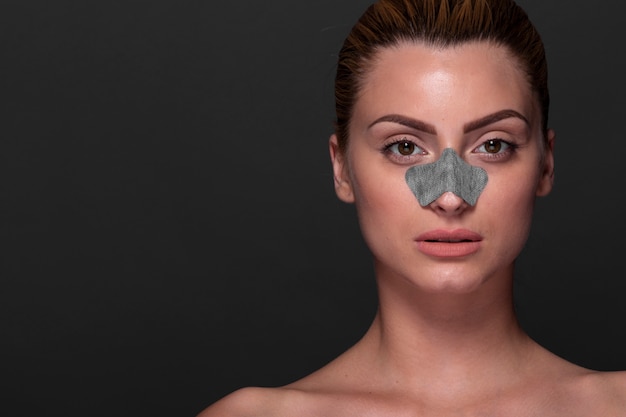
Pulling Clothing Over Head
Taking caution when pulling clothing over your head is crucial to protect the delicate nasal area after rhinoplasty. Avoid forcefully pulling garments, such as shirts or sweaters, over your head, as this can accidentally bump or disturb the nose during the healing process. Instead, consider wearing button-up shirts or clothing with wider necklines that can be easily put on or removed without applying pressure to the nose. Gently maneuver the clothing without causing any strain or friction on the surgical site.
Ignoring Post-operative Care Instructions
Your surgeon will provide you with specific post-operative care instructions tailored to your unique situation. It is crucial not to disregard or overlook these instructions. Follow them diligently, including taking prescribed medications, cleaning incisions as instructed, and maintaining proper hygiene. Adhering to the post-operative care guidelines will promote healing and reduce the risk of complications.
Following these guidelines and avoiding certain activities and behaviors after rhinoplasty is crucial for a successful recovery. By taking proper care of your nose and overall well-being, you can optimize healing, minimize complications, and achieve the desired aesthetic results.
Always consult with your surgeon for personalized instructions and guidance throughout the recovery period. Remember, patience and adherence to the recovery plan will ultimately contribute to a beautiful and harmonious outcome.
Resources:
- Rhinoplasty
- https://www.healthline.com/health/rhinoplasty
- Cosmetic Surgery for the Nose
- https://www.webmd.com/beauty/cosmetic-procedures-nose-job-rhinoplasty#:~:text=Expect%20your%20nose%20to%20have,to%206%20weeks%20after%20surgery.
- Rhinoplasty
- https://www.mayoclinic.org/tests-procedures/rhinoplasty/about/pac-20384532#:~:text=Rhinoplasty%20is%20a%20surgery%20to,a%20surgery%20to%20improve%20breathing.
- Nose reshaping (rhinoplasty)
- https://www.nhs.uk/conditions/cosmetic-procedures/cosmetic-surgery/nose-reshaping-rhinoplasty/
